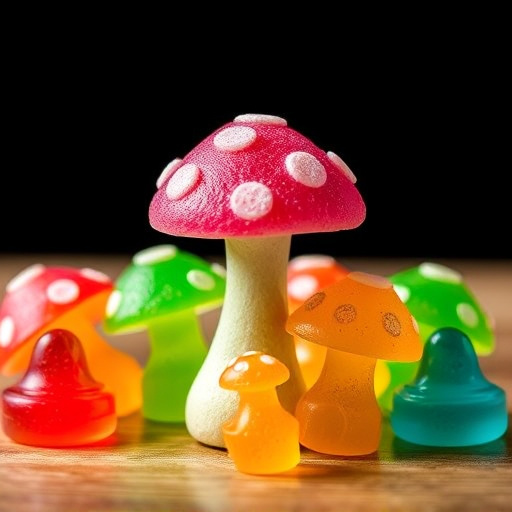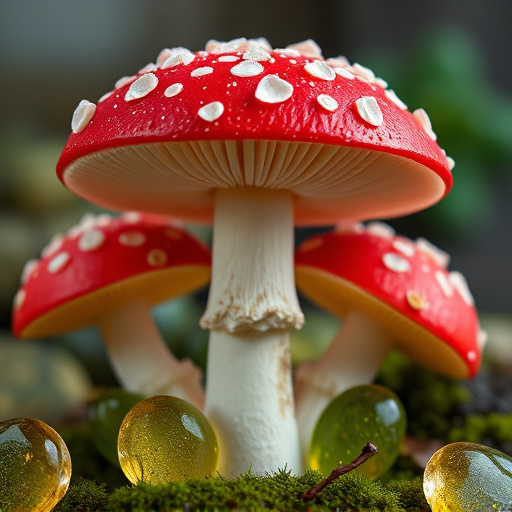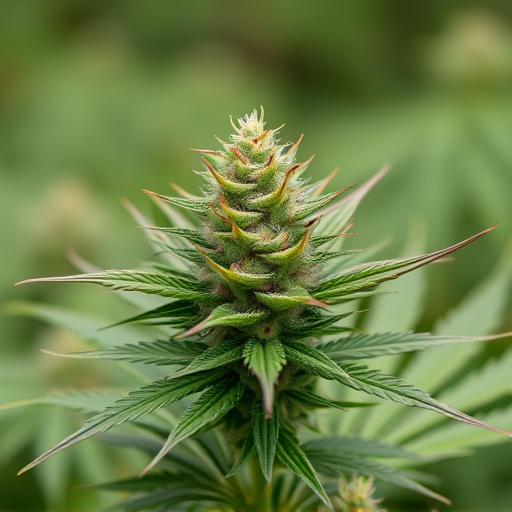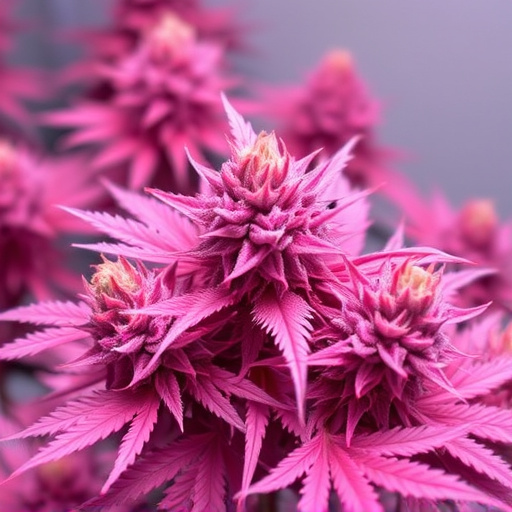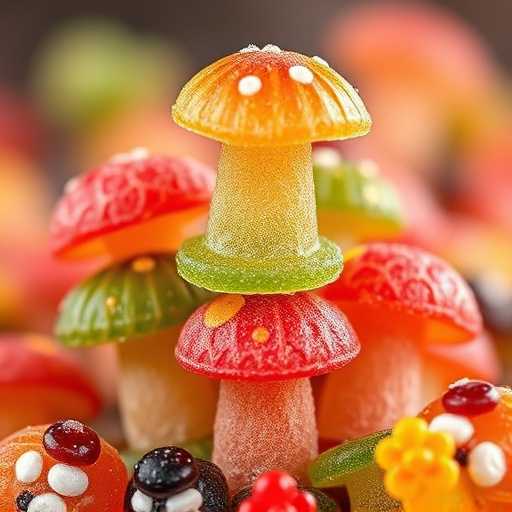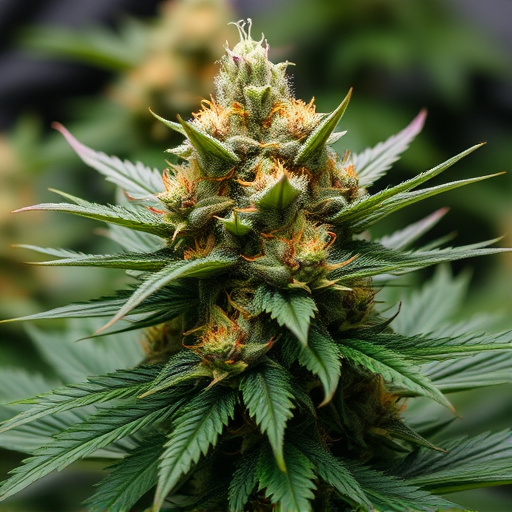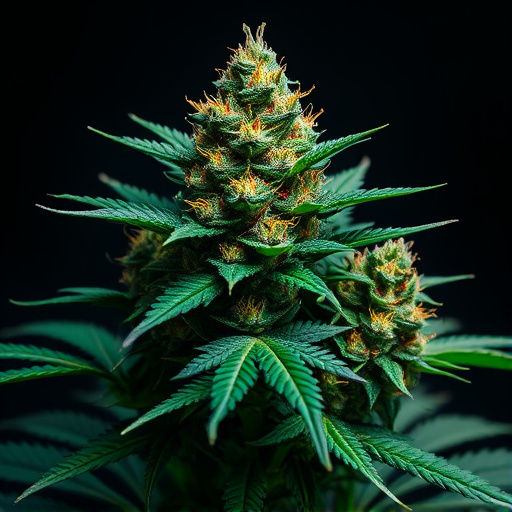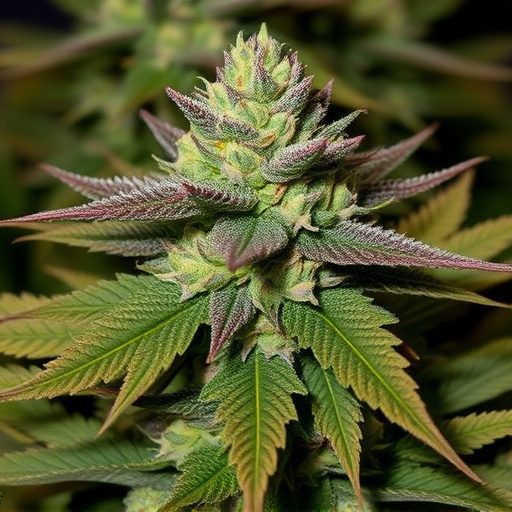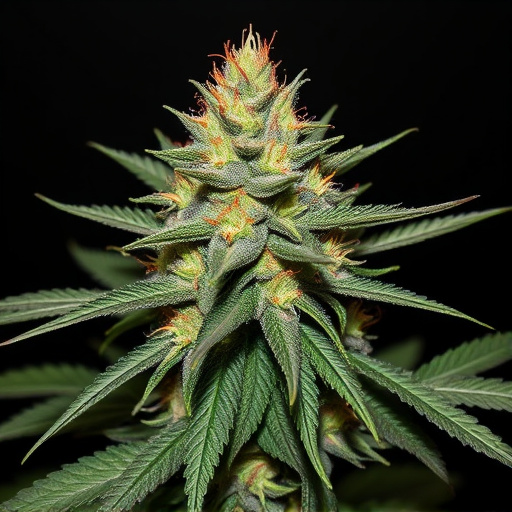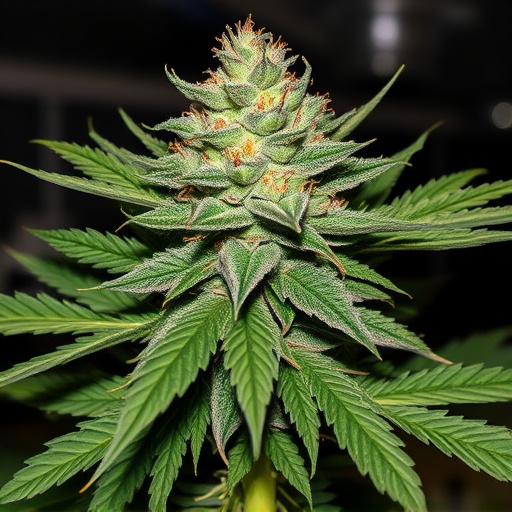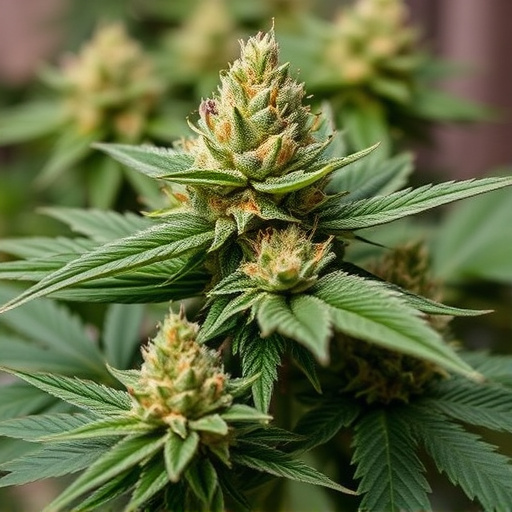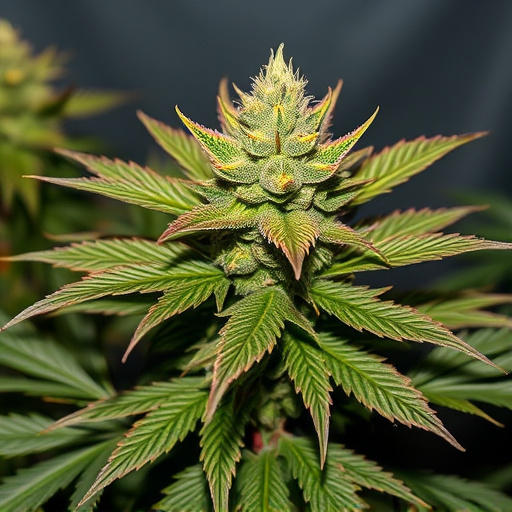Trichomes, tiny glands on cannabis plants, are vital indicators of potency and quality, especially in big bud strains. These structures produce cannabinoids like THC, with higher concentrations visible as milky or amber trichomes. Big bud strains, known for oversized flowers rich in trichomes, offer enhanced potency and complex flavors. Understanding trichome development is crucial for cannabis enthusiasts seeking powerful experiences from these high-potency varieties.
“Unveiling the Science Behind Trichomes: Enhancing Cannabis Potency
In the realm of cannabis, trichomes are tiny yet powerful structures that play a pivotal role in determining the plant’s potency. This article delves into the intricate world of trichomes, exploring their fundamental functions and extraordinary impact on cannabis’ therapeutic properties. We’ll navigate through the science behind ‘big bud’ strains, renowned for their elevated trichome density, and uncover cultivation techniques to optimize trichome development. By understanding these microscopic marvels, growers and enthusiasts can unlock the full potential of cannabis.”
- The Role of Trichomes in Cannabis Potency
- – Defining trichomes and their function
- – How trichome density impacts cannabis potency
The Role of Trichomes in Cannabis Potency
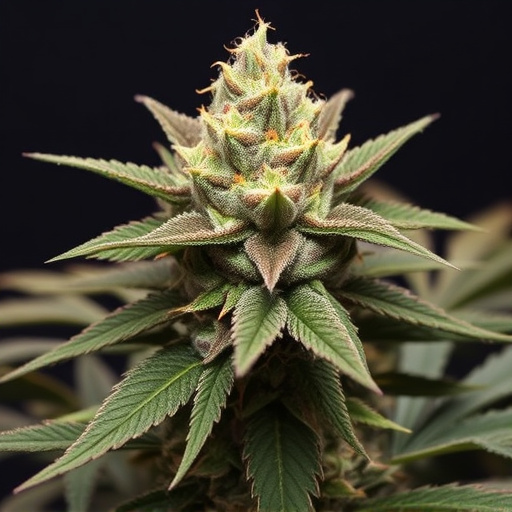
In the world of cannabis, trichomes are often hailed as the unsung heroes behind the plant’s potency and diverse effects. These tiny, glandular hairs, found on the surface of cannabis flowers, play a crucial role in determining the overall power of a strain. Trichomes produce and encapsulate various cannabinoids, including THC (tetrahydrocannabinol), the primary compound responsible for cannabis’ psychoactive properties. The more trichomes a flower boasts, particularly those with a milky or amber hue, indicating higher cannabinoid concentration, the more potent the strain is likely to be.
Big bud strains, known for their oversized, trichome-laden flowers, often deliver an enhanced experience due to this dense packaging of cannabinoids. Not only does the presence of abundant trichomes contribute to increased potency, but they also add complexity to the flavor profile and aroma, creating a unique sensory experience. As such, understanding and recognizing trichome development is essential for cannabis enthusiasts seeking maximum potency and an elevated sensory journey.
– Defining trichomes and their function
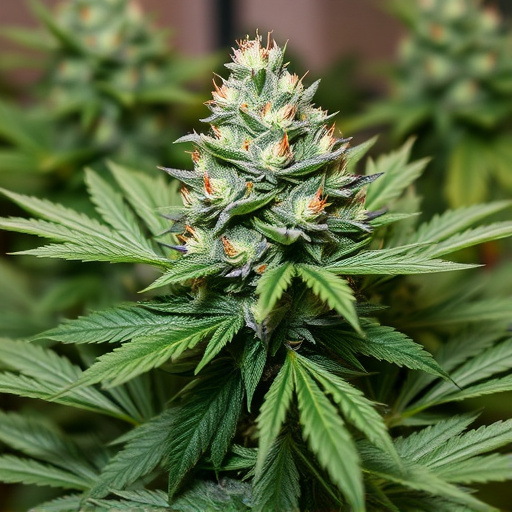
Trichomes, tiny hair-like structures found on the surface of cannabis plants, play a pivotal role in determining the potency and overall quality of the final product, especially in big bud strains. They are not just superficial features but active glands that produce essential oils, terpenes, and cannabinoids—the compounds responsible for cannabis’s unique effects and therapeutic properties.
These microscopic trichomes, often appearing as tiny glistening dots under a microscope or even naked eye, secrete a wide range of chemicals that contribute to the plant’s aroma, flavor, and potential medicinal benefits. In big bud strains, where trichome density is high, these compounds are more concentrated, leading to a more potent and impactful experience for consumers. The function of trichomes goes beyond aesthetics; they act as a protective barrier, helping the plant deter pests and diseases, ultimately enhancing its resilience and overall health.
– How trichome density impacts cannabis potency
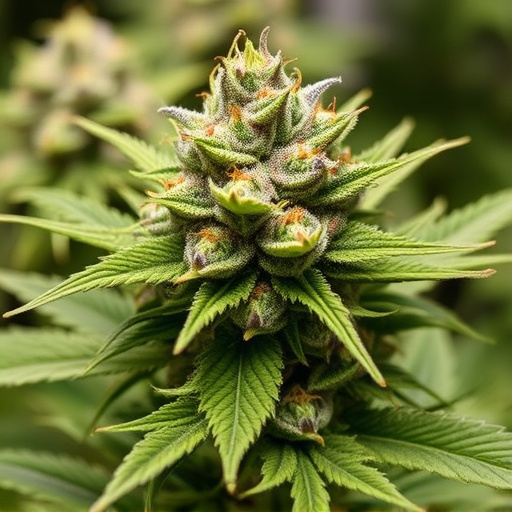
Trichome density plays a pivotal role in determining the potency of cannabis, making them a key focus for cultivators and enthusiasts alike. These tiny hair-like structures, found on the surface of cannabis plants, particularly in big bud strains, are rich in cannabinoids and terpenes—the compounds responsible for the plant’s unique effects and aromas. The higher the trichome density, the more concentrated these compounds become, leading to a stronger and often more desirable high.
Cultivators often strive to achieve optimal trichome development, as it directly correlates with the plant’s overall potency. Under the right conditions, cannabis plants can produce dense, sticky trichomes that enhance the overall experience. In contrast, low trichome density may result in a milder effect, as fewer cannabinoids and terpenes are available for extraction. Thus, understanding and managing trichome development is essential for those seeking the full potential of cannabis, especially within the high-potency big bud strains.
Trichomes play a pivotal role in determining the potency of cannabis, with their dense presence indicating higher concentration levels of cannabinoids. Understanding the significance of these tiny structures, especially in sought-after big bud strains, is essential for cultivators and consumers alike. By recognizing the impact of trichome density, enthusiasts can appreciate the art of cannabis cultivation and make informed choices based on the desired potency and therapeutic benefits.
